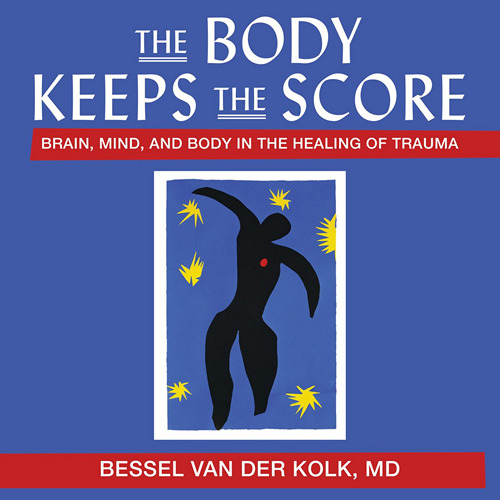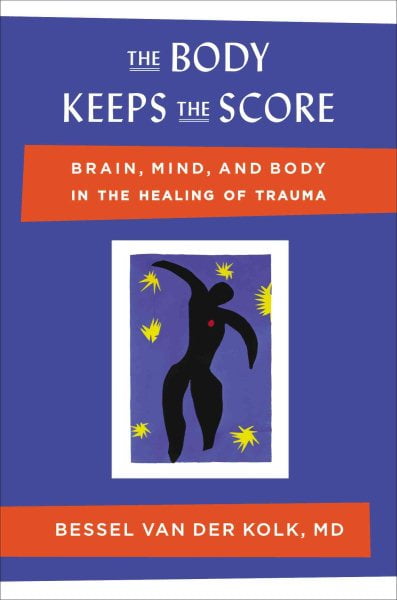

Antipsychotics, anticonvulsants, and tranquilizers have been widely used to improve the QoL of PTSD patients over the past few decades. Pharmacotherapy is the first-line of treatment for PTSD. This hyperactive aroused emotional status can be evidenced by hyperactive brain waves over the fear center of the right temporal lobe of the brain, with suppression of electric activity over the frontal area. In addition, the deactivation of the prefrontal cortex function and the failure to maintain a balanced stress hormone system, causes panic, agitation, and hypervigilance responses in PTSD patients ( Koenigs and Grafman, 2009). The hyperactive status of the amygdala triggers the release of stress hormones ( Badura-Brack et al., 2018) and impairs the functioning of the hippocampus, causing traumatic memories to remain vivid. Knowing the functions of the amygdala, hippocampus, and prefrontal cortex, as the primary stress responders in the brain, can provide a new therapeutic direction for PTSD management. Traumatic stress is associated with functional and chemical changes in the emotional part of the brain-the limbic area and brain stem. In his work “The body keeps the score,” Bessel highlights that traumatic stress is at the root of neuroscience. PTSD has many negative impacts on patients' quality of life (QoL), and poses a potential health burden to society if no prompt assessment and support is guaranteed ( Lewis et al., 2019). Facing recurrent episodes of disturbing symptoms, PTSD patients are prone to develop risky behaviors, including alcoholism, substance abuse, or self-injury. People with PTSD experience various symptoms, including personality changes, depression, social disconnection, poor sleep hygiene, flashbacks, and nightmares. It has been well-recognized that PTSD significantly impacts social functioning, physical well-being, and occupational ability ( Watkins et al., 2018).īessel revisits his clinical experience and reconfirms the impact of PTSD on his patients.

This biochemical reaction is termed as the “fight-or-flight” mechanism, which temporarily protects people against danger ( Kozlowska et al., 2015).

Fear and stress are triggered predominantly in response to a dangerous event followed by a series of bodily changes, including increased blood pressure, heart rate, and breathing due to the release of adrenaline. These patients persistently experience overwhelming stress responses beyond the traumatic period.

Posttraumatic stress disorder (PTSD) is defined as a psychiatric disorder in an individual who has experienced or witnessed a devastatingly traumatic event ( Bufka et al., 2020).


 0 kommentar(er)
0 kommentar(er)
